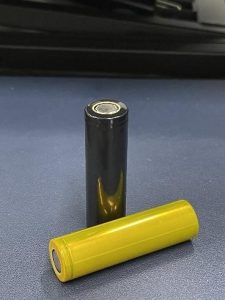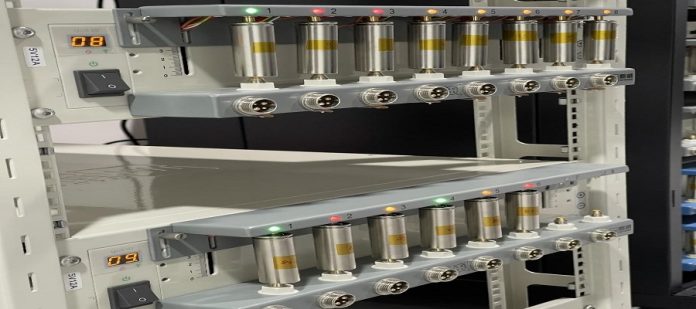LIRON LIB Power, a Singapore-based LIB battery company,
 has developed a type of lithium titanate oxide (LTO) battery
has developed a type of lithium titanate oxide (LTO) battery
cell to enable safe, durable, and efficient energy storage for
end users. This technology builds on established processes,
including those based on nano-technology and chemical
formulations. The company’s LIB technology is designed
primarily to enable higher safety, longer life cycles, faster charging (>5C), and a wider operating range for battery systems than what is otherwise available in the market.
The batteries exhibit a life cycle of over 10,000 cycles, which contributes to its lower lifetime cost for consumers when compared to existing configurations depicting a life of about 2,000 or fewer charge cycles. Utilities and OEMs procure and deploy modern energy storage technologies to offer cost competence, longer life cycle, and ease of regulatory compliance.
Consumers demand a packaged storage system that ensures higher energy densities, durability, safety, cost competence, and sustainable chemistries, thus restraining the acceptance of many available technologies.
With large-scale intermittent renewable energy sources being integrated across the globe, safe energy storage deployments have added to the concerns for utilities and installers.
LIRON’s LTO battery solution is modular, scalable, and primarily geared toward intermittent renewable energy and electric mobility storage applications. Unlike the shorter life cycles and operational restraints associated with auxiliary lithium-ion battery chemistries, the features of the LTO solution include longer-duration energy storage, operational safety, and higher energy yield.
The company’s basic ideology towards technology development has been economies of scale, where the larger the production capacity, the lower the cost per kilowatt-hour (kWh).
Moreover, the technology has flexible storage capability which it provides additional production hours by enhancing the storage capacity.
LIRON has led plans to establish a giga factory in Southeast Asia, expected to initiate production by 2025, to enhance its existing production and reduce system costs further.









